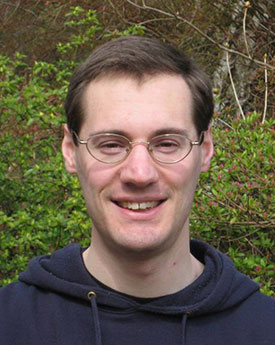Electron Diffraction
The wave-particle duality concept is central to understanding quantum physics. The A-Level specification introduces the DeBroglie equation and this experiment uses it along with the diffraction equation to find the spacing between carbon atoms in graphite.









